Ozone Treatment Solutions

What is Ozone?
- Ozone (O₃) is a highly reactive and unstable form of oxygen composed of three oxygen atoms.
- Power & Efficiency: Second most powerful sterilant in the world, capable of destroying bacteria, viruses, fungi, molds, and odors far faster than traditional disinfectants.
- Natural Purifier: Occurs naturally in the atmosphere and is part of Earth’s protection against harmful UV rays.
- Eco-Friendly: Breaks down back into oxygen after use, leaving no harmful chemical residues.
- Name Origin: Derived from the Greek word “ozein”, meaning “to smell,” due to its distinct fresh scent.

How is Ozone Produced?
Ozone is generated on-site for immediate use, as it cannot be stored for long periods
Production Methods:
Ozone Generators (Industrial Scale)
Natural Occurrence: Produced naturally during lightning storms and by the sun’s UV rays.
Uses Corona Discharge Technology to split oxygen molecules (O₂) and recombine them into ozone (O₃).
Why On-site Generation?
Ozone decomposes quickly (half-life ~20–30 minutes in water), making storage impractical.
Feed gas: Ambient Air (21% oxygen) or Pure Oxygen (90–99% oxygen).
On-demand production ensures maximum effectiveness.
Ozone Treatment Solutions Applications
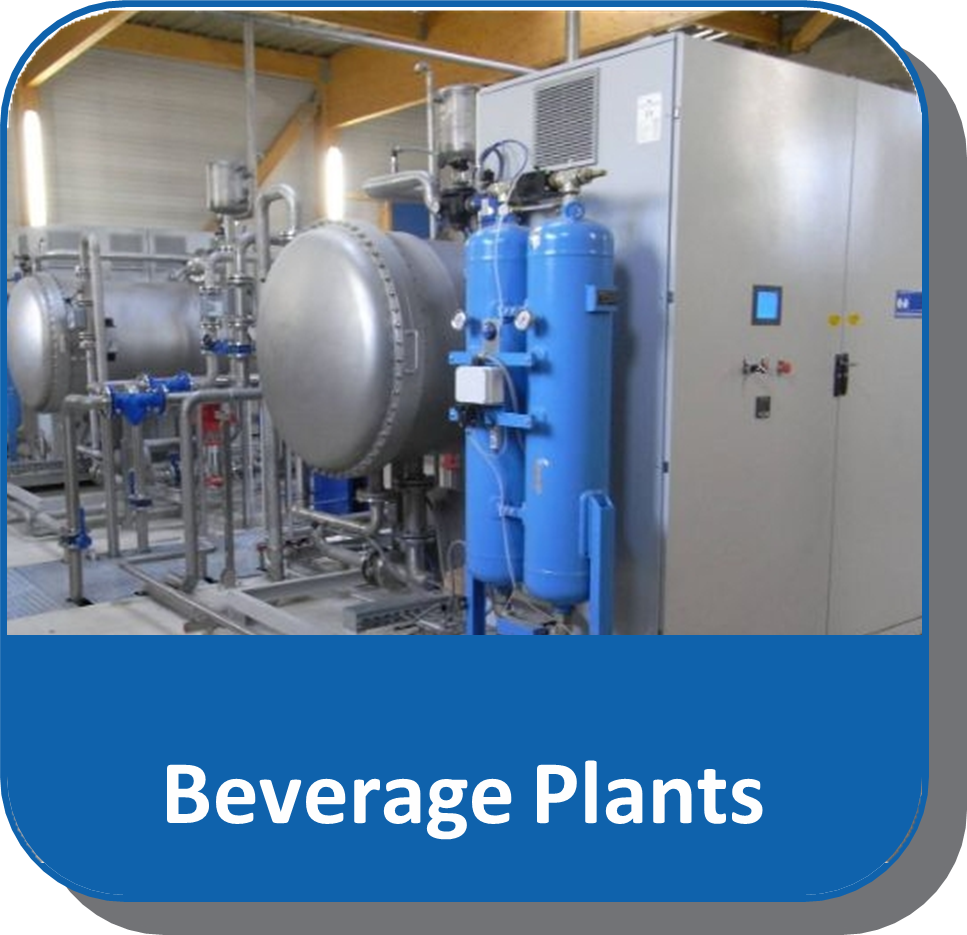


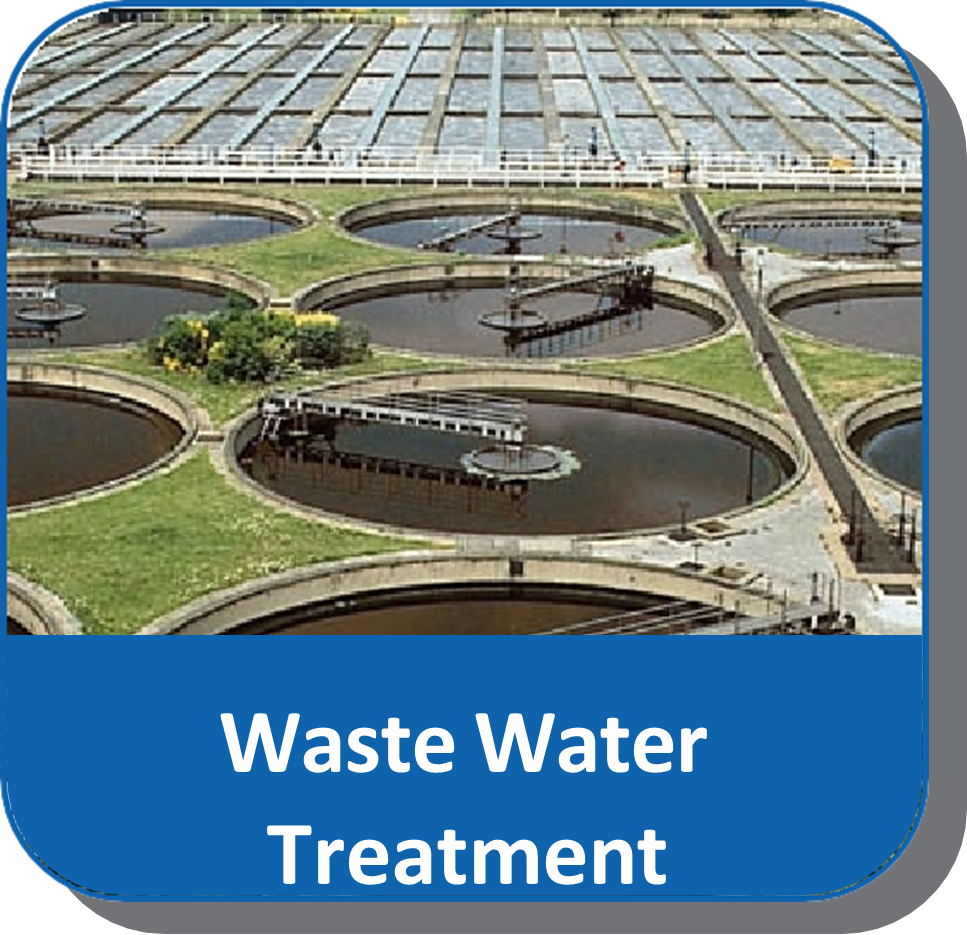
Swimming Pool Applications Purpose of Ozone in Pools
Primary Role: Disinfection & oxidation of contaminants
Key Actions

Kills bacteria, viruses and protozoa

Removes organic color & turbidity

Oxidizes oils, ammonia and chloramines
Organisms Eliminated by Ozone

Bacteria

Fungus & mold spores

Protozoa & cysts

Viruses & yeast

Algae & fungal pathogens
Key Benefits

Fast Disinfection: Kills bacteria up to 3,000× faster than chlorine.

High Oxidation Power: 50% stronger oxidizer than chlorine

Chemical Savings: Reduces chlorine/bromine usage by 60–90%.
Health Benefits

Eliminates red eyes,
skin irritation, and chlorine

Prevents
swimwear fading.
Operational Benefits

Improves filtration efficiency.

Improves filtration efficiency.

Saves water by reducing backwash frequency.

Eco-Friendly: Safe for humans and the environment.
How Pools Become Polluted
❇ Primary Source: Swimmers themselves
❇ Organic Waste: Sweat, urine, saliva
— contain ammonia, urea, amino acids.
❇ Microorganisms: Bacteria, viruses.
❇ When mixed with chlorine, these
form chloramines → eye/skin irritation & odor.
Recommended Setup
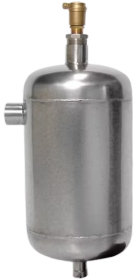
Ozone Mixing Pump: For optimal ozone dissolution.
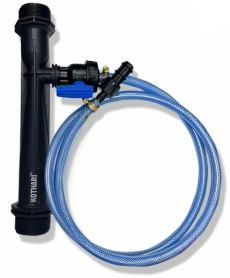
Venturi Injector: Requires 2 Kg/cm² water pressure. If not available, use a mixing pump.
Bottled Water & Pharmaceutical Applications
How Ozone Treatment Works
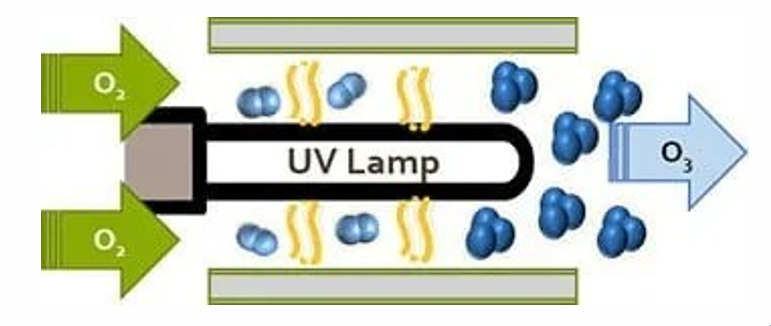
Ozone Generation: Produced on-site from air or oxygen.
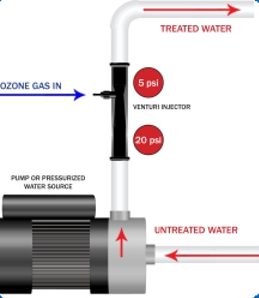
Ozone Injection: Introduced into water using venturi injectors or diffusers.
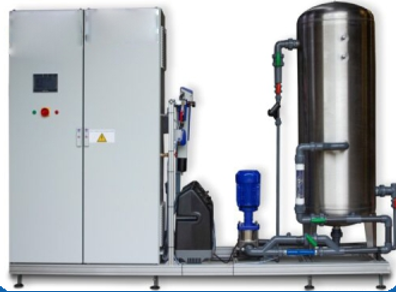
Disinfection & Oxidation: Kills all microorganisms & oxidizes metals (iron, manganese) and sulfur compounds.
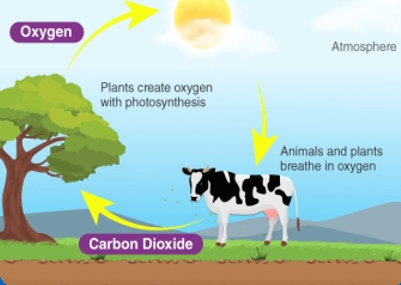
Decomposition: Converts naturally back to oxygen without leaving residues.
Key Benefits

Superior Disinfection: More effective than chlorine against all pathogens.

Chemical-Free: No chemical residues, no taste or odor issues.

Eco-Safe: No toxic by-products; supports FDA, WHO, and EPA drinking water standards.

Improves Water Quality: Enhances taste, odor, and clarity
Food Processing Applications
Ozone plays a critical role in food safety and hygiene:

Surface Disinfection: Sanitizes equipment, conveyors, cu ng tools, and food-contact surfaces.

Product Safety: Kills pathogens (E. coli, Salmonella, Listeria) on fruits, vegetables, seafood, and meat.

Water Reuse: Disinfects process water for reuse in washing, cooling, and rinsing.

Residue-Free: Unlike chemical sanitizers, ozone leaves no flavor or chemical residues.

Extends Shelf Life: Delays spoilage by controlling microbial growth.

Medical Instrument Sterilization

Non-Toxic Alternative: Eliminates need for heat-based or chemical sterilization.

Kills Resistant Microbes: Effective even on antibiotic-resistant bacteria and viruses.

Safe for Sensitive Equipment : No corrosion or heat damage to instruments.

Air Disinfection: Used in hospital HVAC systems to control airborne pathogens.
Waste Water Treatment Applications
Ozone treatment in wastewater plants:
- Pathogen Elimination: Kills harmful microorganisms in sewage and industrial wastewater.
Color & Odor Removal: Oxidizes dyes, phenols, and organic odors
Oxidation of Contaminants: Breaks down pesticides, detergents, and pharmaceuticals
Sludge Reduction: Minimizes biological sludge volume
Compliance: Helps meet environmental discharge standards
Ozone vs. Chlorine – Quick Comparison
Ozone Treatment
Inactivates bacteria/viruses 3,125× faster
Works on chlorine-resistant organisms (e.g., Legionella)
Removes impurities & pesticides
Produces H₂O, O₂, CO₂ (eco-friendly)
Produces H₂O, O₂, CO₂ (eco-friendly)
Effective against mildew/fungus
Generated on-site (no storage risk)
No pH control required
Lower long-term cost (ROI ~18 months)
Health-friendly
Non-toxic backwash water
Fully automatic systems
Chlorine Treatment
Slower; less effective on some viruses
No effect
Does not remove
Produces harmful by-products
Produces harmful by-products
No such effect
Requires chemical storage
Requires pH control Increasing, costly
Potentially harmful
Pollutant backwash water
Labour-intensive
Summary
Ozone is a multi-industry, eco-friendly, and highly effective solution for water, air, and surface disinfection. It offers faster action, lower chemical dependency, and safer operation compared to traditional chlorine treatment — making it the preferred choice for industries aiming for quality, safety, and sustainability.
